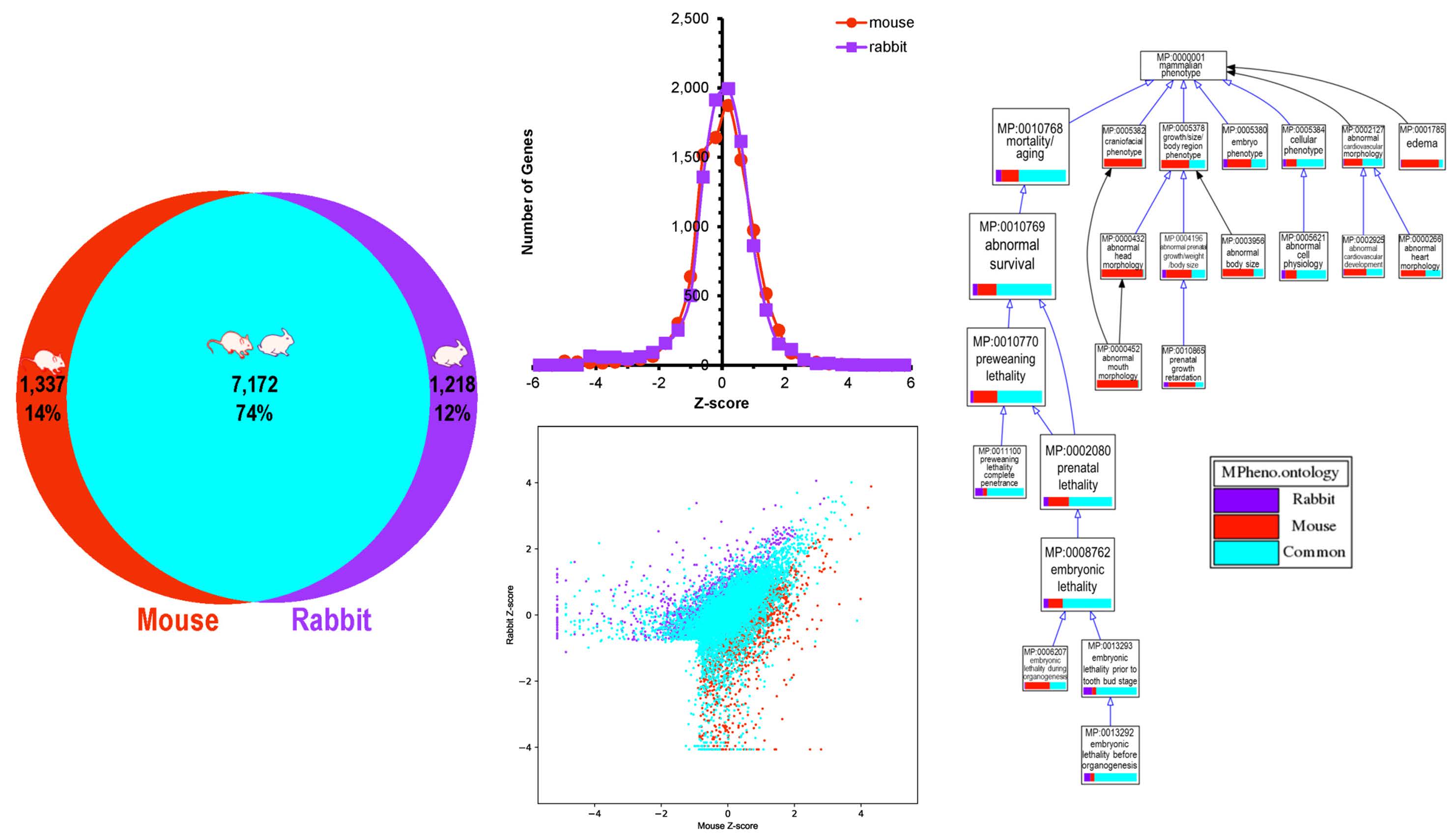The central promise of personalized medicine is individualized treatments that target molecular mechanisms underlying the physiological changes and symptoms arising from disease. We demonstrate a bioinformatics analysis pipeline as a proof-of-principle to test the feasibility and practicality of comparative transcriptomics to classify two of the most popular in vivo diet-induced models of coronary atherosclerosis, apolipoprotein E null mice and New Zealand White rabbits. Transcriptomics analyses indicate the two models extensively share dysregulated genes albeit with some unique pathways. For instance, while both models have alterations in the mitochondrion, the biochemical pathway analysis revealed, Complex IV in the electron transfer chain is higher in mice, whereas the rest of the electron transfer chain components are higher in the rabbits. Several fatty acids anabolic pathways are expressed higher in mice, whereas fatty acids and lipids degradation pathways are higher in rabbits. This reflects the differences between two translational models of atherosclerosis. This study validates transcriptome analysis as a potential method to precisely identify altered cellular and molecular pathways in atherosclerotic disease, which can be used to individualize treatment even in the absence of genetic data.

